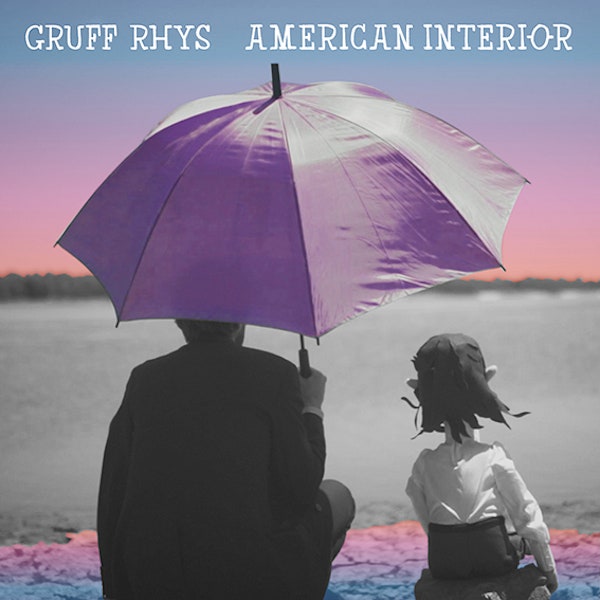
I was in Pie Town when I began to realize everything was breaking down. Two or three days earlier I had driven west from Houston with a small potted saguaro, plotting a new photography project that might someday be called I Took My Cactus to the Desert. In the desolate, timeless flatness of West Texas it was pretty easy to turn up the music and lean into ignorance, to feign obliviousness to the bad news beginning to blanket social media. But on March 13, as I pulled into a volcanic New Mexico campground called Valley of Fires, I remember thinking just this seems right. I parked, climbed to the rear of my car, and read a text message. “BUCKY,” it said, “Nick just realized that you’re going to be in Pie Town on Pi Day.” “Wow,” I think I said in response.
You have reached your article limit
Sign up for a digital subscription and continue reading all new issues, plus our entire archives, for just $1.50/month.
Already a subscriber? Sign in




